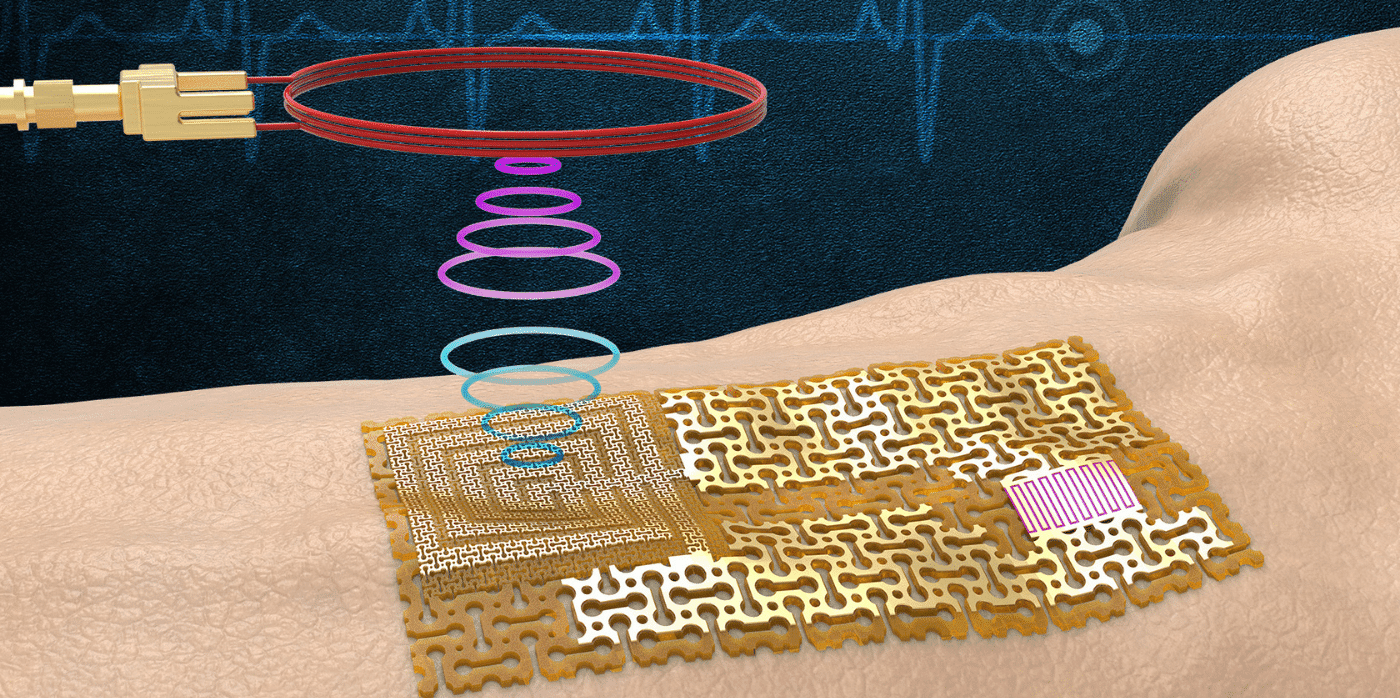Wireless charging technology for e-scooters

Spotted: The global e-scooter market is skyrocketing as more people are shifting from private and public transport to electric scooter rentals. However, one major consideration is the ability to recharge the scooters on the go – most cities are not equipped for large-scale charging stations and swapping out batteries is expensive. Enter Meredot, a Latvian developer and manufacturer of fast wireless chargers for e-scooters which has recently unveiled its first commercial wireless charger.
Meredot’s charger consists of a charging pad, that can be placed either above or below the ground. Existing e-scooters can be retrofitted with receivers, while new ones can have them built-in during manufacturing. The pads are used in conjunction with software that enables operators to have a full overview of the amount of charge on each vehicle. Alternatively, Meredot can operate and manage the charging network on behalf of clients.
The pads use technology such as Foreign Object Detection (FOD), Live Object Detection (LOD), and Position Detection (PD) to allow scooters to be parked in any way on the pad and still be charged correctly at the same speed it takes to charge using cables. The MePower technology can also work through asphalt, snow, or ice and is functional at temperatures between –22 and 122 degrees Farenheit (–30 to 50 degrees Celsius).
Roman Bysko, CEO and co-founder of Meredot, hopes that the wireless chargers will act as the foundation to allow an expansion of micro-mobility. He explains that “With transportation moving from fossil fuels to electricity – and now to wireless electricity – it’s clear that cable charging is becoming obsolete (…) As our global market share grows with the release and installation of our Wireless Chargers worldwide, we intend to become the world’s premiere fast wireless charging provider.”
There has been a wide range of innovations in the e-mobility space. Springwise has spotted public transport employees being given e-bikes and an inflatable e-scooter that fits in a backpack.
Written By Lisa Magloff


